Ethereum proposal to reduce fees
The Ethereum Improvement Project (EIP-1559), designed to reduce the network’s staggering transaction fees, has long been a hotly debated topic for the Ethereum community and its miners. This plan is still waiting for the miners’ approval. A new report shows that Ethereum miners are more likely to accept the plan.
Well-known analyst Hasu and Georgios Konstantopoulos, a researcher at Paradigm Crypto Asset Investment, said that the vast majority of Ethereum miners are unlikely to oppose EIP-1559. However, two large Ethereum extraction ponds have opposed the plan.
Ethereum Improvement Project
Ethereum Improvement Plan is proposed to change the network’s staggering market and potentially significantly reduce extractors’ revenue.
The project was designed by Vitalik Buterin, co-founder of Ethereum, and was first proposed in April 2019. EIP-1559 is set to make changes to Ethereum Rules under which users submit their offer of blockchain to confirm their transactions.
Ethereum Improvement Project
The plan also comes with a set of rules that are relatively simple, but will lead to significant changes for users, extractors, wallet suppliers, as well as the overall security of the Ethereum blockchain.

All transactions have the same fee rate.
One of the biggest problems with the first-price bid mechanism currently used in Bitcoin and Ethereum is fee estimation. The EIP-1559 scheme seeks to enhance this trend so that instead of individual and arbitrary offers, all transactions will pay the same fee rate as possible. In this case, it is hoped that commissions will come down and estimates will be more accurate.
Block size slack mechanism.
Demand for block space varies, and this allows miners to approve both half-filled and crowded blocks. The EIP-1559 slack mechanism allows some blocks to be larger and others smaller. More precisely, the average block size limit will continue to apply in the long run, but in the short run, the difference in allowable block size will not be a problem.
Security changes.
The plan seeks to reduce the dependence of Ethereum blockchain security on user transaction fees by burning user transaction fees and encouraging miners with a permanent and more valid blockchain fee instead.
Avoid economic abstraction.
EIP-1559 also stipulates that transactions burn a certain amount of ether (ETH) so that the storage status and monetary value of the Ethereum token are not threatened by other tokens.
According to reports, some miners are dissatisfied with the proposed changes and have opposed the proposal with the hashtag # StopEIP1559.
One of the leading mining pools, Flexpool, which opposes the plan, has launched a website to track down Ethereum mining pools that have expressed opposition. According to some of the pool’s latest tweets, their group opposes burning transaction fees instead of paying “honest miners who have invested their deposits in Ethereum Security.”
Ethereum Improvement Project
However, a joint article by Hasu and Georgios Konstantopoulos on the Deribit Insights website argues that most miners are likely to accept the offer because they have made long-term investments in ETH and the entire Ethereum economy. According to these analysts, Ethereum miners will probably have the same income they now have from block subsidies.
In addition, the authors emphasize that extractors serve Ethereum users in a two-way interaction; Therefore, if the number of users is not enough, there will not be enough income for miners.
Users have no moral obligation (or otherwise) to pay miners more than is necessary to ensure Ethereum security; Just as miners do not have a moral duty (or etc.) to continue mining when it is not profitable for them.
Possible scenarios
With this in mind, this article identifies five scenarios for how to activate EIP-1559.
The first scenario
Extractors maintain the old chain without EIP-1559. This scenario is unlikely due to the Difficulty Bomb issue. In that case, all opponents of the plan would have to move to another hard fork so that their Ethereum version would not fail.
The second scenario
Miners produce a new Altcoin. The extractors may fork and create a whole new chain, just like the separation of the Ethereum from the classical Ethereum. But this is also unlikely, because a forked version of the Ethereum that exists today will replicate thousands of different tokens, smart contracts, software, and more. Although all projects will be copied in the fork process, all of these projects will essentially be just hollow skeletons. Consider a Stablecoin or Locked Bitcoin (WBTC) project; These bitcoins guarantee to give the equivalent of bitcoin value to the user of Ethereum tokens with support, but there is no guarantee that in the event of a fork, these tokens will double.
According to the authors, the emergence of tokenized and defied assets has made the state of the Ethereum unforced.
Third scenario
Miners create an alto coin with a new status. It is more possible to create a new coin than the second scenario, but the new chain loses its existing source of ether; Like other Ethereum forks like Theron (TRX) or Smart China Bainance (BNB). On the other hand, if the new chain copies the ether distribution, all new coins will fall into the hands of potential enemies who will use them to prevent the process of discovering the price of the new asset.
Scenario 4
Miners can join the new chain but block EIP-1559. In this scenario, extractors in the new Ethereum blockchain join users, but actively intervene in the EIP-1559 mechanism to prevent ether burning. But competition between different miners makes this strategy impractical without miners performing a soft fork. This fork will also be an unprecedented and self-destructive attack on the Ethereum network and its users.
Fifth scenario
Miners join the new chain and support EIP-1559. According to researchers, this is the most likely scenario. Even if the miners in the new chain earn less, they will still earn more than any other altcoin.
In addition to these scenarios, this report addresses three other possible scenarios that could provide greater satisfaction to extractors:
- Increase block subsidies in the new chain to increase miners’ rewards.
2. Activate the EIP-969 scheme, which removes all ASIC devices from the Ethereum network.
- Instead of burning commissions, it can be distributed in an unspecified number of subsequent blocks among miners.
However, the report concludes that working with users to upgrade the network is in the best interest of miners, and that this transformation is likely to be successful despite some opposition.
Ether is currently trading at $ 1,503 and has grown by about 1% in the last 24 hours.
Ethereum Improvement Project




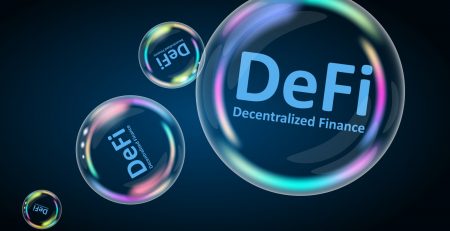

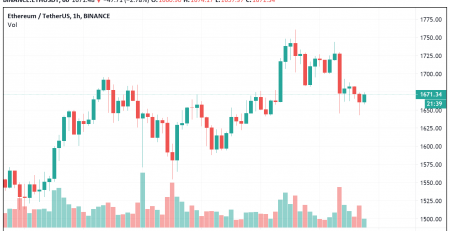
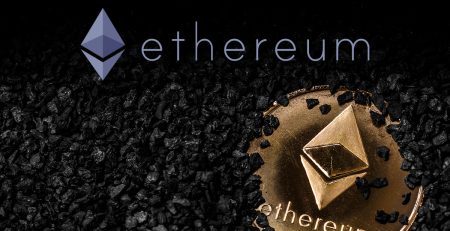
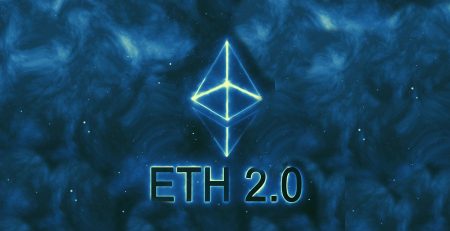
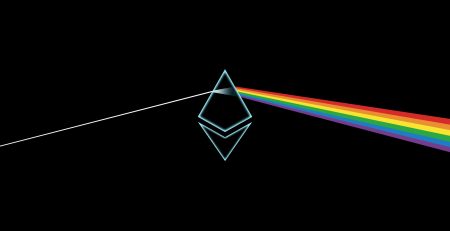
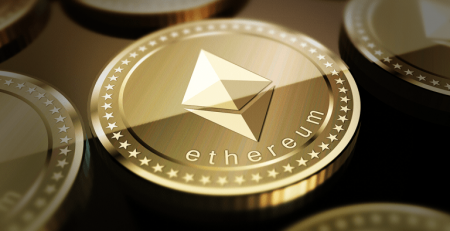
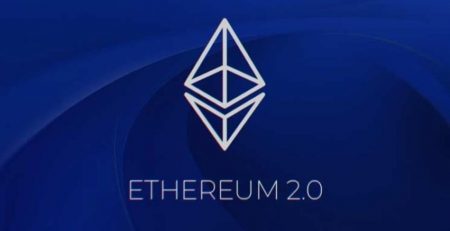


Leave a Reply